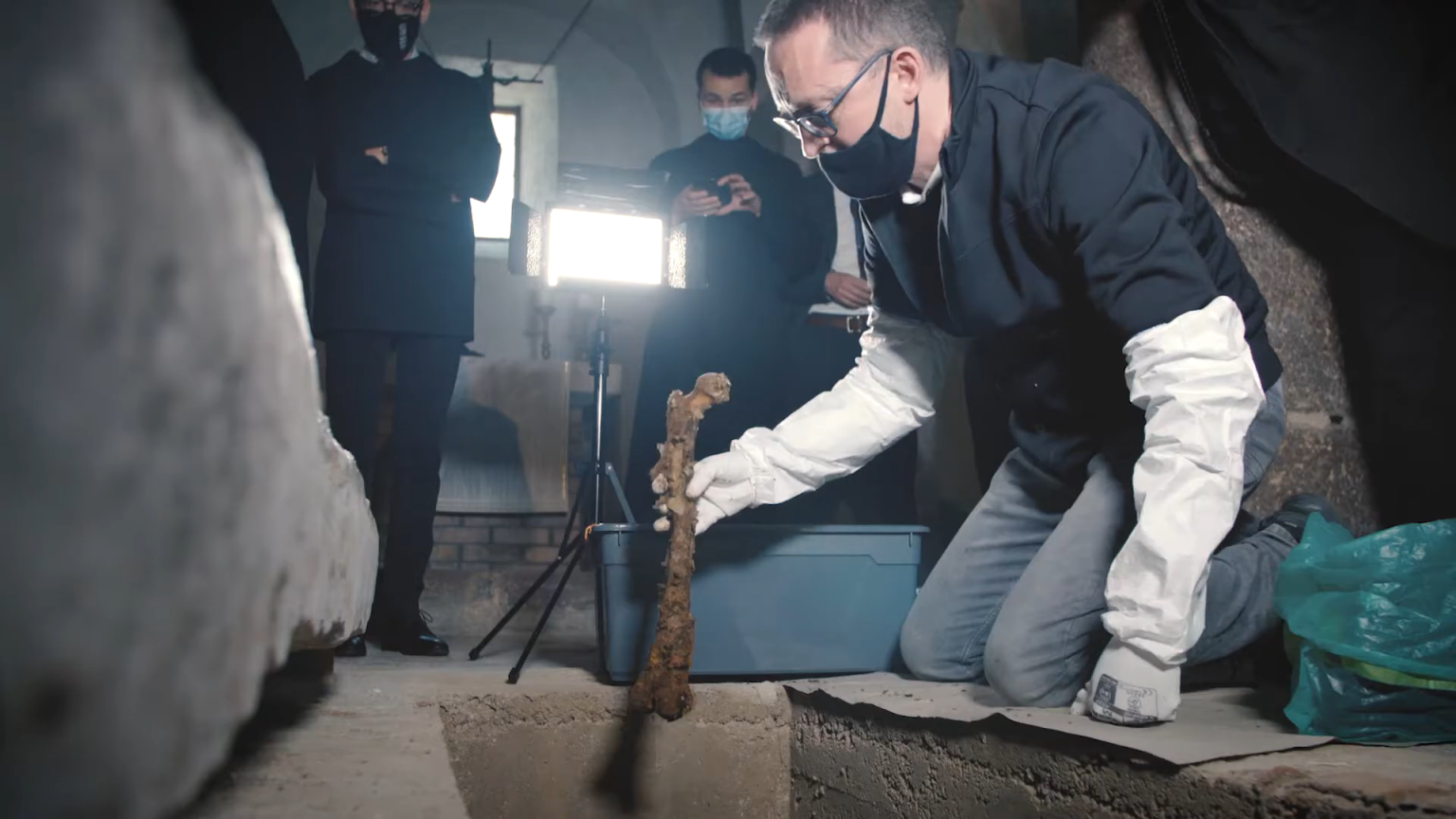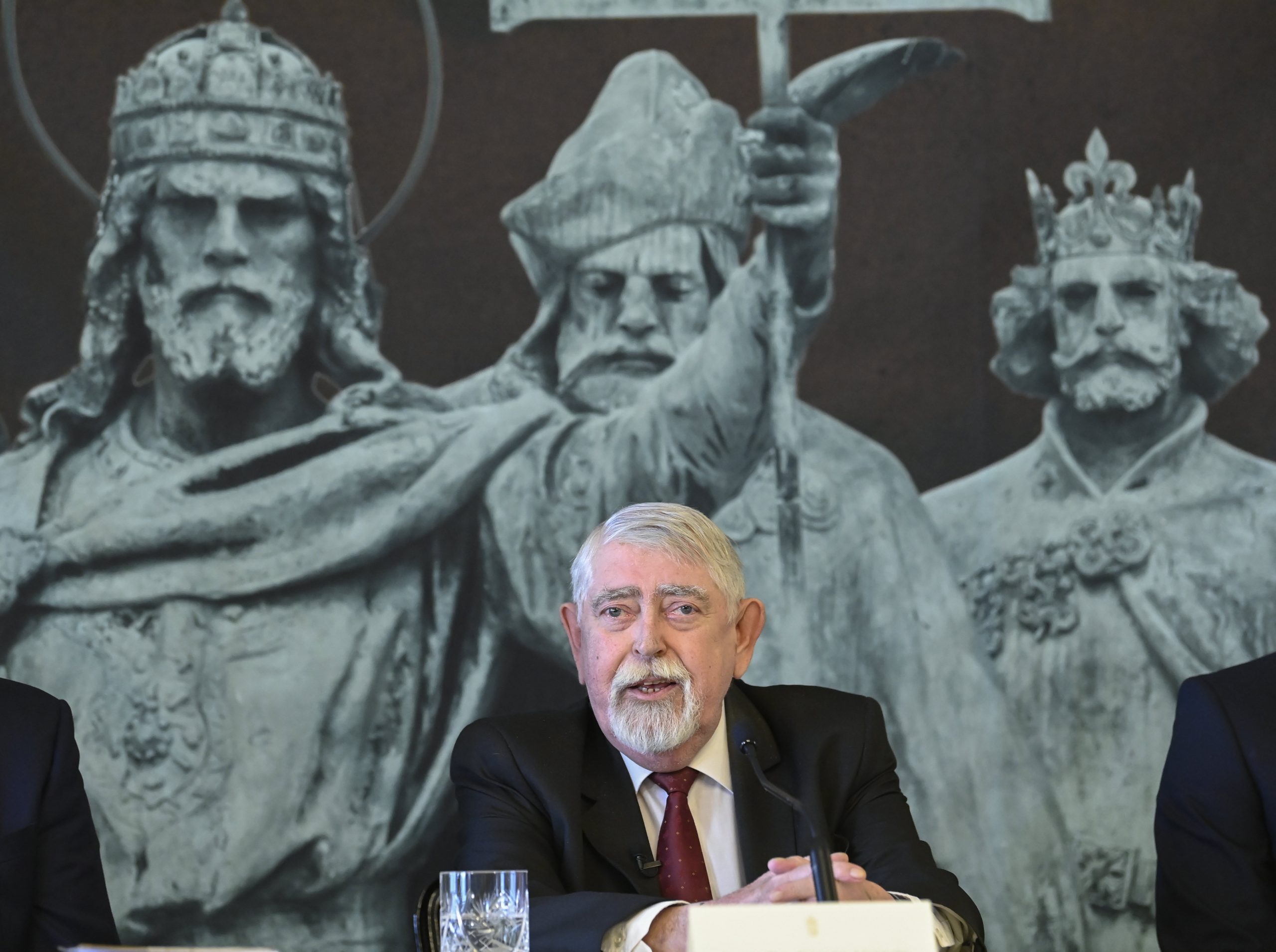
Although King Andrew I had designated the monastery himself as the burial place in the foundation charter of Tihany Abbey, this fact has only now been confirmed with the help of modern technology.Continue reading

The remains of two members of the Árpád Dynasty have been identified from samples taken in the ossuary of Székesfehérvár, Minister of Human Resources Miklós Kásler announced on Wednesday. Thus far, in the search to reveal the lost remains of the first Hungarian dynasty of kings, The Hungarian Research Institute has found the thread of the Hunyadi family’s origins through the remains of János Corvin, as well as patrilineal descendants of Béla III. Along with the identification of remains, the Research Institute will be able to accurately reconstruct the faces of past kings.
Kásler explained that archaeogenetic research has gone in two directions in Hungary. The first towards population genetics, while the other, initiated by the National Institute of Oncology, has directed itself towards researching the genetics of the Árpád Dynasty.
Gábor Horváth-Lugossy, director-general of the Hungarian Research Institute, explained that their publications regarding findings on the descendants of Árpád and the Hunyadi family are currently being proofread, and their publication can be expected within the coming months. Horváth-Lugossy explained that the Oncology Institute’s identification of the Árpád genetic line through Béla III. allowed for the analysis of remains in Székesfehérvár and the bones of András I. in Tihany.
Endre Neparáczki, director of the archaeogenetic research center at the Hungarian Research Institute, explained that the remains of multiple Hungarian kings are currently lying unidentified in an ossuary in Székesfehérvár. The Institute is identifying these remains using technology that can analyze bones up to 2,000-years-old.
Minister Kásler explained that from this ossuary, the remains of 900 individuals have been revealed, 204 samples have been processed, and 102 are currently being processed. The project can lead to the identification of wives, relatives, and aristocracy from other dynasties as they related to the patrilineal descendants of Árpád. Plans include the study of the remains of Róbert Károly and Lajos I’s relatives in Naples.
Kásler also explained that the findings on the study of the Hunyadi family will soon be available as well.
In the featured photo, Minister of Human Resources Miklós Kásler shares the findings of the Hungarian Research Institute in a press conference on April 13. Featured photo by Tamás Kovács/MTI